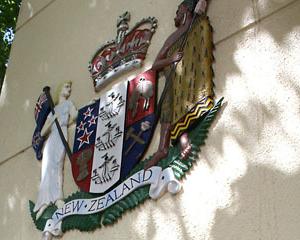New Zealand’s Aluminium Smelter has announced it is storing thousands more tonnes of potentially hazardous waste material than it previously advised.
The reported volume of spent cell lining, or SCL, stored at the Tiwai Point site has risen to 217,000 tonnes, up from the previously reported 181,000 tonnes.
The material contained both cyanide and fluoride.
The company yesterday said in a media release that, independent auditors had confirmed the adjusted totals following a survey of the site as part of its annual financial reporting process.
"NZAS has committed to removing all SCL, and financial provisions have been increased accordingly to ensure the responsible management of all material stored on site."
Chief executive and site general manager Stew Hamilton said it wanted to ensure the community was aware of the adjusted quantity.
“I want to be very clear that regardless of the amount, we remain committed to removing all of the material from the site to be recycled or disposed of safely and securely in accordance with modern standards."
He said it would not impact on the timeline of the material’s removal and it was being stored safely and securely.
The release stated this year marked 50 years of continuous operation at Tiwai Point.
"NZAS continues to conduct regular and extensive environmental monitoring of the site, recently releasing assessments of the groundwater surrounding the SCL storage facilities."
NZAS last week released a set of environmental reports in a bid to maintain transparency.
Its closure study included assessments of the groundwater surrounding the landfill site as well as the SCL waste storage facilities, and noted one of the SCL pad bores had recently collapsed due to coastal erosion.
The waste can react with water to give off explosive hydrogen and methane, and toxic ammonia.
Mr Hamilton said he was confident its environmental monitoring systems gave ample warning so as to prevent any breaches becoming harmful.
"There has never been an instance during our 50 years of operation which could harm the public or local communities.”












